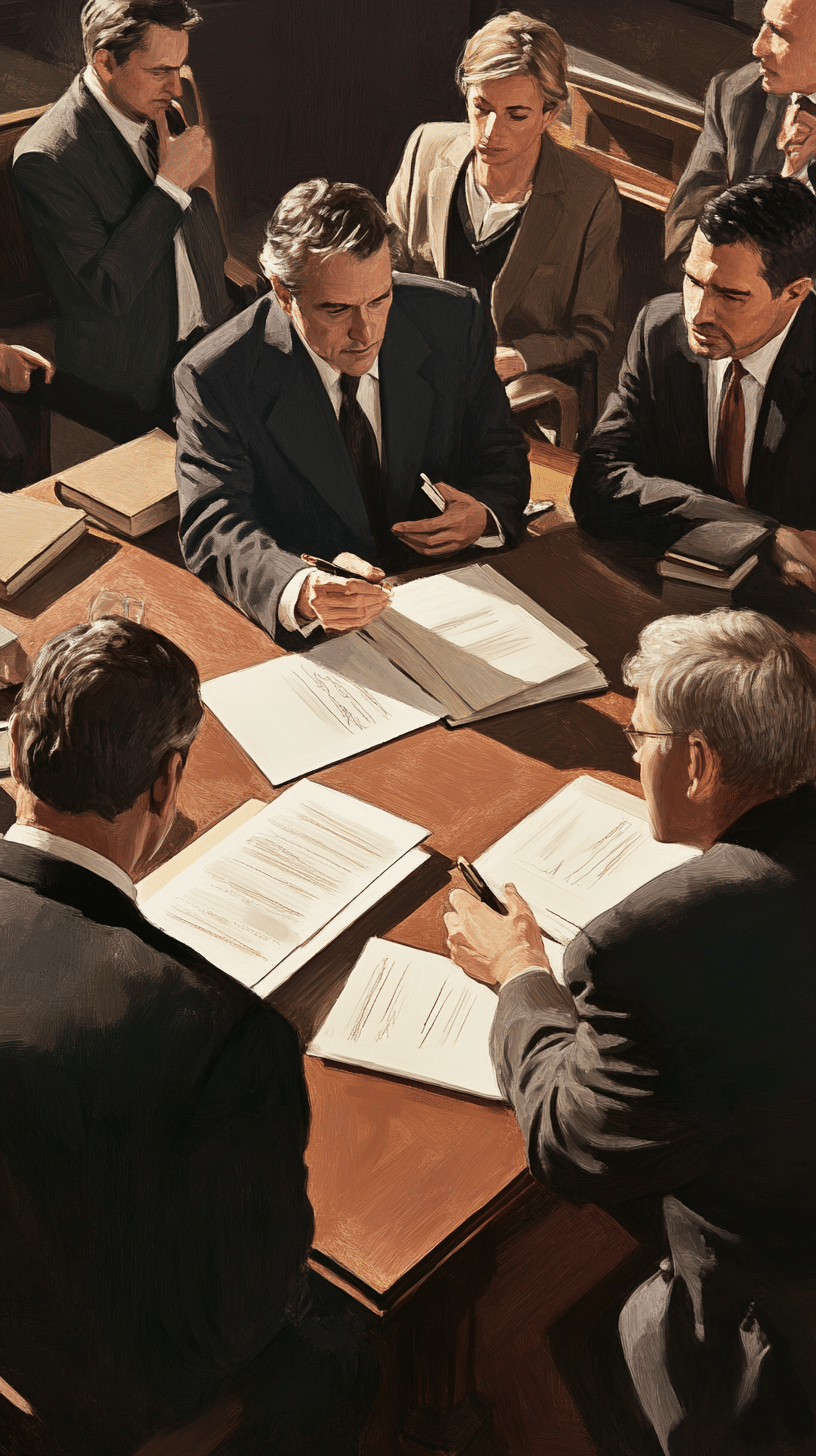Balcom v Reither, 2010 NY Slip Op 07701 (2d Dept. 2010)
“The plaintiffs contend that the Supreme Court erred in granting those branches of the defendants’ motion which were to strike those portions of the plaintiffs’ expert witness disclosure pertaining to a certain biomedical engineer on the grounds that his testimony will be cumulative of other expert testimony proposed by the plaintiffs and that he is not qualified to give the proposed testimony. However, the Supreme Court’s determinations in that regard effectively are evidentiary rulings made in advance of trial on motion papers and thus are not appealable (see Barnes v Paulin, 52 AD3d 754, 755; Hering v Lighthouse 2001, LLC, 21 AD3d 449, 451-452; cf. Abramson v Pick Quick Foods, Inc., 56 AD3d 702, 703; King v Gregruss Mgt. Corp., 57 AD3d 851, 852-853; [*2]Navarette v Alexiades, 50 AD3d 869, 870). Contrary to the plaintiffs’ contention, the determinations do not go to the merits of their case or affect a substantial right, and thus they are not appealable”
This comes up a lot involving issues of bio-mechanical engineers. The court is saying that a motion to strike must wait an appeal of the eventual judgment. Even assuming you can surpass a motion to strike the 3101(d), biomechanical engineer testimony, especially in no-fault practice, often times fails to yields advantageous results to the carrier. A & A Dental, P.C. v. State Farm Ins. Co., 19 Misc.3d 135(A)(App. Term 2d Dept. 2008). See, Bronx Radiology, P.C. v. New York Cent. Mut. Fire Ins. Co., 17 Misc.3d 97 (App. Term 1st Dept. 2007).












